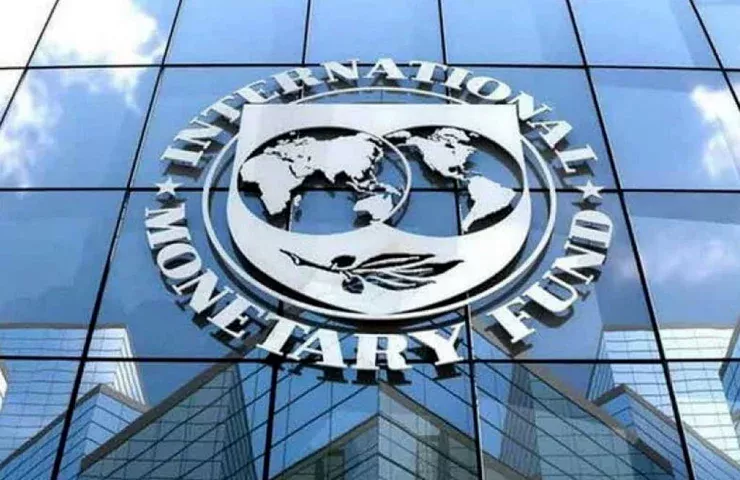The International Monetary Fund (IMF) on Tuesday evening issued a forecast that in 2022 the global economic growth rate will be 4.4%, which is 0.5 percentage points lower than the IMF's October forecast. This is stated in the updated version of the World Economic Outlook report.
Gita Gopinath, First Deputy Managing Director of the IMF, said in an online press briefing that global GDP growth will slow as economies around the world face supply disruptions, rising inflation, record debt levels and continued uncertainty.
p>
"The rapid spread of the COVID-19 omicron strain has led to renewed restrictions on the movement of people in many countries and exacerbated labor shortages," said Gopinath, formerly the IMF's chief economist.
While the omicron strain will dampen economic activity in the first quarter of 2022, she said, the effect will be less pronounced in the second quarter.
“Supply disruptions continue to affect economic activity and contribute to high inflation, adding to pressures from booming demand and rising food and energy prices,” Gopinat said.
The supply and demand imbalances are expected to narrow in 2022. Representatives of various industries express such expectations based on the growth in demand, the gradual shift in demand from goods to services and the lifting of emergency support measures.
The IMF has raised inflation forecasts for 2022 for both developed countries and emerging markets and developing countries. At the same time, it is expected that the increase in pressure on prices will continue after 2022. If inflation expectations remain unchanged, inflation is expected to decrease in 2023.
The IMF has repeatedly stressed that the outlook for different countries varies.
“Developed countries are expected to be able to return to pre-pandemic conditions this year, while some emerging markets and developing countries will face production cuts in the medium term,” Gopinath said.</p >
According to the IMF, only 4% of the population in low-income countries is currently vaccinated, compared to 70% in high-income countries.
According to Gopinath, the missing funding for the World Health Organization's (WHO's) global COVID-19 Instruments Access Accelerator (ACT Accelerator) program of $23.4 billion needs to be "urgently" made available. In addition, technology transfer should be encouraged to help accelerate the diversification of the global production of critically needed medical supplies, especially in Africa.




